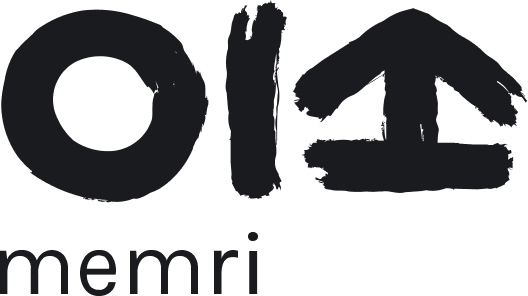Within Memri we do retrospectives at the end of each sprint (every 2 weeks). We know that it helps us find things we can improve on, learn from and identify what is going well. But still, doing the same type of retrospective each sprint can feel boring after some time. The result? People zone out, leading to more superficial insights. In an attempt to make those retrospectives more fun, and therefore more valuable we used some of the magical AI tools out there and that has worked! Here’s how we did it.
How our retrospectives work
When facilitating it is best to help people take a step back and reflect on what they’re doing during the retrospectives. At times that can be quite a challenge, it’s easy to focus on that one ticket that wasn’t closed yet and start discussing what things need to happen to close it. That’s not what the retrospectives are for. Instead we believe it’s more valuable to look at the reasons why the ticket wasn’t closed. Was it because we scoped it wrong? Was it because we prioritized other things? Was the team sick? Unmotivated?
To help the team take a step back, we start by doing simple creative exercises. “Draw what this sprint was like for you” has been one of my favorites and led to quite hilarious drawings. Some in our team can draw really well,, and some, including me, are terrible at it. Luckily that doesn’t matter. Everyone gets a chance to explain what they’ve created and more importantly, explain their reasoning behind it. That’s where the real information lies.
When everyone has had a chance to explain their drawing, we continue to a simple Start, Stop, Continue(& Appreciation) format. Everyone leaves their thoughts individually, after which we go through them, cluster into topics and add concrete action points we can take forward. The appreciation category is there to actively remind us of sharing appreciation for your colleagues publicly as well.
Machine Learning during your retrospectives
Even though the process of drawing worked to get the conversation to a different level, some colleagues were still uncomfortable about their drawing skills. That’s when we started using Machine Learning tools.
Instead of drawing the image, we now create an image out of thin air by using any AI image generator we can get our hands on, Stable Diffusion, Dall-E, Midjourney, anything will work. The drawing is replaced by simply creating a prompt of the image that describes your sprint best. Again it’s not the actual image, it’s the reasoning that has the most value. The additional benefit is however clear, there’s a lot more laughing.
The image generators are really impressive, but can also lead to hilarious and even creepy creations. Sharing those failed prompts is of course highly encouraged. Here are some gems.



Template & Instructions for facilitating a retrospective that includes Machine Learning in your organization
- Create a collaborative working space yourself or use our template for Figma, or Google Drawing.
- Create a Workflow at forehand. Create your own, or just copy our workflow from
- Provide links to AI image generators, there are plenty of demo’s available for free find an overview here!
- Give people 10 minutes to create and add their images
- Discuss images, capture insights, summarize the main insights from all what was shared.
- Move to Start, Stop, Continue & Appreciation section.
- Give everyone 15 minutes to add tickets to the board.
- Go through the tickets for Start, Stop, Continue, ask someone from the group to read them out and help with clustering
- Once those three categories have been completed. Go to the topics and ask what action needs to be taken. Make it concrete, add an owner and add deadlines.
- Go to the Appreciation category, ask people to read out their appreciation. We often try to create a “train”. Person A appreciates person B, Person B shares their appreciation for Person C, Person C shares their appreciation etc. No backsies allowed!
- Close the meeting, share the action points in a public place and use that in the next retrospective to see what happened.

